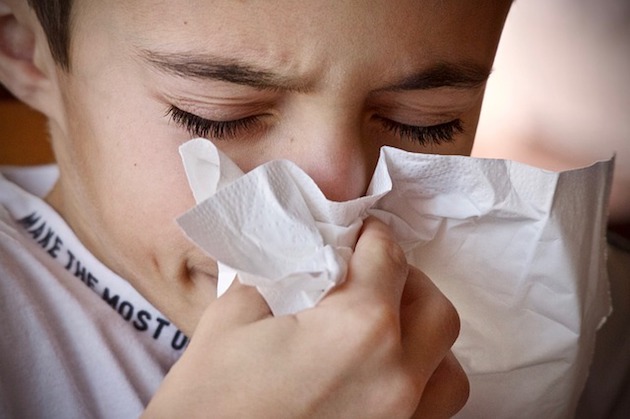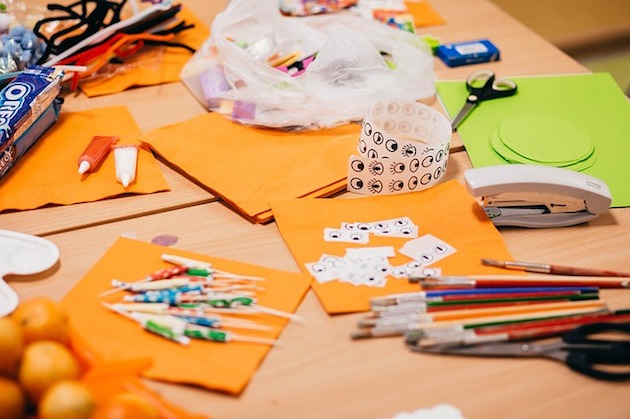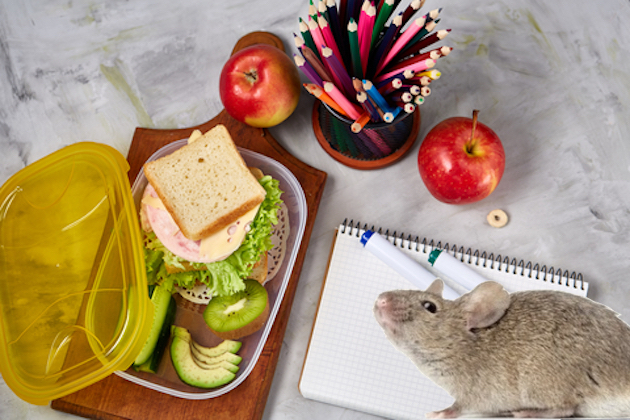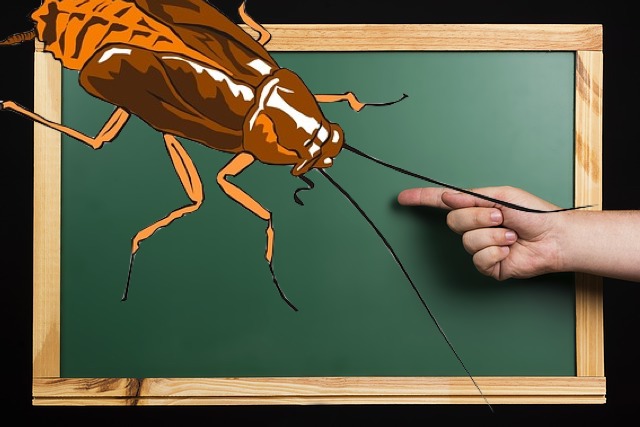Schools by their nature are prone to clutter. Boxes, papers, posters and books are all used by teachers and tend to pile up. The use of these learning materials is great for our children, but in storage areas that are left undisturbed for long periods of time a pest control issue can occur. This and other forms of clutter are just some of the reasons for getting pests in schools.
Pests will be attracted to clutter because of the shelter and food source they provide. They can hide and reproduce in clutter without being disturbed. Pests like cockroaches, rodents, spider sand silverfish prefer layered clutter like paper. All of these pests can bite and are also potential allergen and asthma triggers.

If a pest infestation happens within a school, many of the school materials will sometimes have to be thrown away. The best way to stop any pest control infestations happening within a school is to declutter. Clutter should be kept to a minimum with regards to health and safety too.
Clutter Can Be Dangerous
Rodents like mice can sometimes be hiding in piles of clutter. If a child or a teacher reaches into a pile to retrieve an item and is bitten by a rodent, they could contract a serious illness. Other pests that can bite and love clutter are cockroaches, which can harm children and teachers.
Cockroaches are one of the worst type of pests in schools. They can be seen scurrying from place to place but we often don’t see where they hide when they are not busy. Unkempt schools can be literal hiding holes and breeding grounds for cockroaches. Remove anywhere that might be a place for a cockroach to hide.
Junk piles and dark corners are two of the more well-known areas that cockroaches hide in. Wooden furniture often has cracks and crevices that are hidden from sight.
The Consequences of Clutter
A cluttered space can become overwhelming. It can also waste teachers precious time. There will come a time where you simply can’t be efficient anymore because clutter has taken over the classroom. You won’t be able to find things where they are supposed to be. Searching and hunting for things wastes a lot of time.

Once the classroom is organised it helps to promote quicker work and uses time more efficiently. It’s also easier to keep a tidy area clean and pest free. Clutter can create a disturbance in student focus as well as a pest attractor. It’s distracting for students to have to learn somewhere that isn’t conducive to learning.
Pests in schools are rampant, and keeping a school pest free can be challenging. Taking the proper pest prevention measures can reduce the risk of having a pest infestation and having to use pesticides. Taking away their food, water and shelter will stop the pests wanting to infest the school.
Properly Dispose Of Food
Food is another major attractor for cockroaches and mice. Food attracts just about any kind of pest. Don’t let students leave lunch boxes unattended under any circumstance. And make sure parents know that lunches and snacks should be properly stored. Tupperware containers and Ziplock bags can help to prevent the odour of food from escaping and attracting pests.

When it comes to getting rid of leftover snack packaging and lunch, make sure that it ends up in an appropriate bin as quickly as possible. Taking food waste, even in the bin, out of the classroom as soon as possible goes a long way to preventing pests in schools.
Classroom Storage
- Reduce clutter piece by piece. Allocate set amounts of time to clean up and get organised every week.
- Store materials in plastic boxes to prevent pest infestations and eliminate clutter.
- Don’t use cardboard boxes. Cockroaches love to hide in these and will happily nest and breed there.
- Store boxes on shelves instead of on the floor. This will also help the custodial staff when it comes to cleaning at the end of each day – another measure of pest prevention.
- Clear out clutter before any pest inspections and treatments. Clutter makes pest control treatments almost impossible. It gives technicians limited access to the area. It also creates shelter from the treatment areas, so pests don’t have to go there.
- Keep food items out of the classroom as much as possible. If they are in the classroom, keep them in tightly sealed containers. Likewise any spills should be cleaned up immediately.
Reducing unused materials, eliminating clutter and doing pest prevention will significantly reduce pest problems in schools. It’s time to clean house and get organised to stop the pests making your school their playground.






